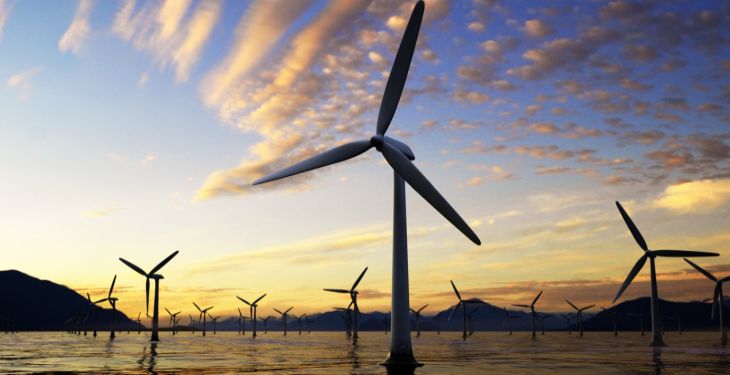Turbulent times in the offshore wind sector could change the way large-scale energy projects are built and funded in the future, according to the latest EY Renewable Energy Country Attractiveness Index (RECAI). Offshore wind is crucial to achieving net zero, but has experienced a difficult 12 months, challenged by a squeezed supply chain and escalating costs. Global project costs have risen by 39% since 2019 and the next decade could see cost inflation adding around US$280b in capital expenditure for the sector.
Against this backdrop, around 80% of the 15 markets with offshore wind targets for 2030 are predicted to miss their stated goals. Not least, the UK has conceded its lead position as the most attractive country to host offshore wind projects, falling three places to 7th position on the Index overall. In September 2023, the maximum strike price of £44 (US$54) per megawatt hour for offshore wind in the UK’s fifth allocation round (AR5) was not sufficient to entice developers to bid. This represents a huge setback in the UK’s goal of reaching 50GW of offshore capacity by 2030.
“Romania’s sustained position in the top 30 Corporate Power Purchase Agreement (PPA) index highlights its strong corporate PPA potential. By promptly addressing the current delays in the renewables support schemes timeline, Romania can enhance its position and emerge among the top 40 countries for renewable energy investments in upcoming editions of the RECAI index. This proactive approach will not only solidify Romania’s standing but also attract further opportunities for renewable energy development in the country,” says Mihai Drăghici, Partner, Consulting, EY Romania.
Nordic countries climb the Index; Japan and Chile fall in the rankings
The top three RECAI markets remain unchanged. The US retains 1st position, fueled by significant solar growth as a result of incentives from the Inflation Reduction Act. Germany remains in 2nd position, having experienced substantial growth in its onshore wind sector; new capacities installed by the end of September surpass the total installed in 2022. And despite halting national-level subsidies, China continues its upward trajectory in offshore wind, maintaining its overall 3rd position.
The Nordic countries continue to pursue their renewable energy ambitions, with Denmark, Sweden, and Norway climbing two, three, and five places respectively.
Japan slips three places to 13th position. Despite abundant natural resources and a commitment to reduce fossil fuels, it is falling behind other leading economies in terms of solar and wind deployment. Similarly, Chile drops two spots to 16th position. Notwithstanding new battery storage targets, Chile continues to struggle with intermittency issues due to solar curtailment across the country.
